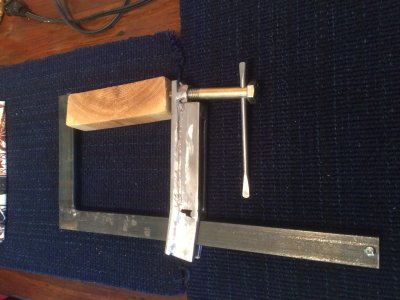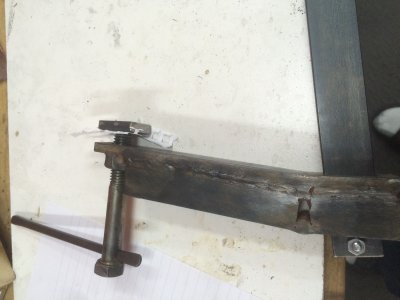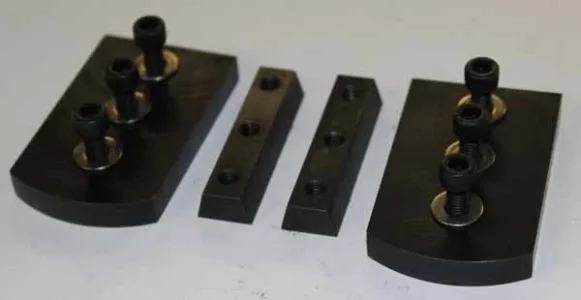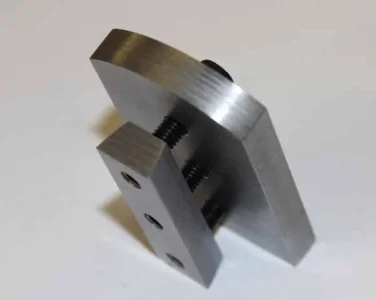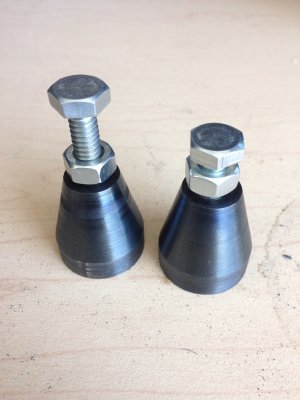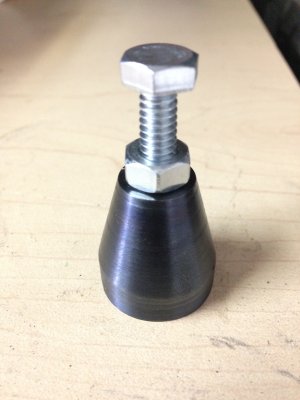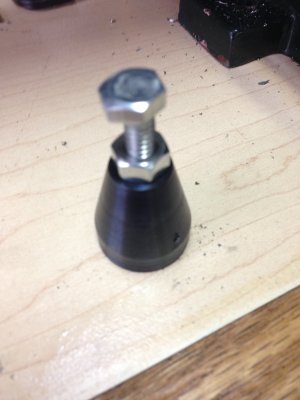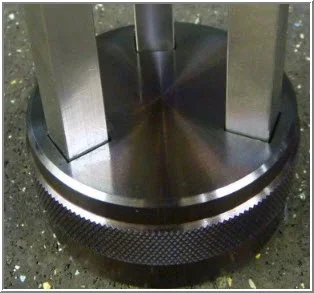Hi,
I've been trying to understand black oxide treatments of various kinds for ferrous metal. I see the "hot" black oxide method is traditional, effective, and sounds like a big pain with heated tanks and endless buckets of goo. Good for an assembly line, not good for me with just a few parts at a time.
I've tried "Jax Black" and really don't like the results. Just looks like I put the mill scale back on along with some rust.
Has anyone tried these various cold oxide treatments? Or something similar?
gel type:
http://www.caswellcanada.ca/shop/product.php?productid=29709&cat=128&page=1
room temp type:
http://www.caswellcanada.ca/shop/black-oxide-kit.html
fancy ?
Insta-Blak 333 Blackener
also fancy ?
http://www.epi.com/c/black-oxide/steel/room-temperature-black-oxide
I've been trying to understand black oxide treatments of various kinds for ferrous metal. I see the "hot" black oxide method is traditional, effective, and sounds like a big pain with heated tanks and endless buckets of goo. Good for an assembly line, not good for me with just a few parts at a time.
I've tried "Jax Black" and really don't like the results. Just looks like I put the mill scale back on along with some rust.
Has anyone tried these various cold oxide treatments? Or something similar?
gel type:
http://www.caswellcanada.ca/shop/product.php?productid=29709&cat=128&page=1
room temp type:
http://www.caswellcanada.ca/shop/black-oxide-kit.html
fancy ?
Insta-Blak 333 Blackener
also fancy ?
http://www.epi.com/c/black-oxide/steel/room-temperature-black-oxide
Last edited:

